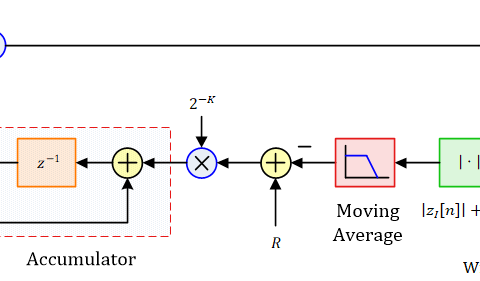Recently, IEEE Communications Society published an article “What will 6G be?”
Some of the important points it highlighted are the following.
- More spectrum is needed for more bits: As with all new Gs, more spectrum is needed to entertain more bits 🙂 Sometimes I wonder where exactly we have made a phenomenal progress in delivering orders of magnitude higher data rates. According to Gerhard Fettweis, several bands between 100 and 300 GHz show some promise.
- Bits/s/$m^3$: Since the success of a company is measured in the revenue generated, and not exactly the bits delivered per second, the real focus is on maximize the spatial capacity in terms of bits delivered per second per $m^3$, which in an era of small cells directly translates into more users and more revenue. Fingers are still crossed to see how massive MIMO fulfils its promise based on beamforming with high accuracy to individual users.
- Emerging technologies: The new technologies that are expected to play a significant role are novel antennas in terms of both material and packing and Artificial Intelligence (AI). Better antenna technologies are needed to extract maximum deals from mmWave and massive MIMO systems while the AI is expected to coordinate the network side in surprisingly useful ways.
- New Applications Some of the new technologies we are going to see soon are autonomous vehicles (that was obvious), tactile Internet (very interesting), virtual reality, smart cities and factories, and yet unimaginable applications of Internet of Things (IoT).
The article did not mention the role of Reconfigurable Intelligent Surfaces (RIS) in 6G systems. I particularly like the old saying that all odd numbered Gs are boring (think 1G, 3G and by extension 5G) and all even numbered Gs are exciting (think 2G and 4G). Consequently, 6G seems to have luck on its side.



